The Impact of Digital Technology on Traditional Art Forms
The advent of digital technology and the Internet has changed our world irrevocably in countless ways. One of the significant shifts involves how this technology has affected traditional art forms, changing the way art is created, consumed, and distributed. While these changes have been heralded by some for the newfound accessibility and versatility they afford, others express concern about the potential diminishment or loss of traditional skills and techniques. The intertwined relationship of art and technology is a complex and multifaceted phenomenon, calling for a nuanced examination.
Creation
Art forms have been significantly affected by digital tools like digital painting, 3D modeling, and VR. Artists can now create lifelike images and objects from scratch on a computer screen, bringing their imagination to life freely without the constraints of traditional materials. The artist, no longer tied down by the limits of physical mediums, is now free to experiment with creative and innovative techniques. This technology has also made art creation more accessible, eliminating the high costs associated with expressional supplies and allowing anyone with a computer to produce art.
Consumption
Digital technology has revolutionized the ways art is consumed. Virtual reality allows viewers to immerse themselves in a work of art interactively, while virtual galleries and museums offer potential for people all over the globe to appreciate art they might never access otherwise. Moreover, social media platforms like Instagram have become new venues for showcasing art, permitting instant feedback and interaction between the viewer and creator.
Distribution
Digital platforms have reshaped art distribution. Artists can now directly sell their works online, eliminating middlemen like galleries and agents, leading to a more democratized art market. However, this shift also means more competition and requires artists to spend time marketing their works.
The Two Sides of the Coin
While the digital revolution in art brings numerous benefits, there are also potential drawbacks. The increased accessibility rises concerns about the degradation of traditional skills and techniques. The fast-paced, instant-gratification culture of digital art might also lead to a decline in appreciation for time-intensive traditional art forms.
Conclusion
Technology's role in the art world is both transformative and complex. While it opens up new frontiers of creativity, accessibility and freedom, it may also endanger traditional art forms and skills. This push-pull relationship continues to reinvent and redefine the landscape of art, and the effects, both positive and negative, should be acknowledged and examined with an open mind.
References
[Reference 1]
[Reference 2]
[Reference 3]
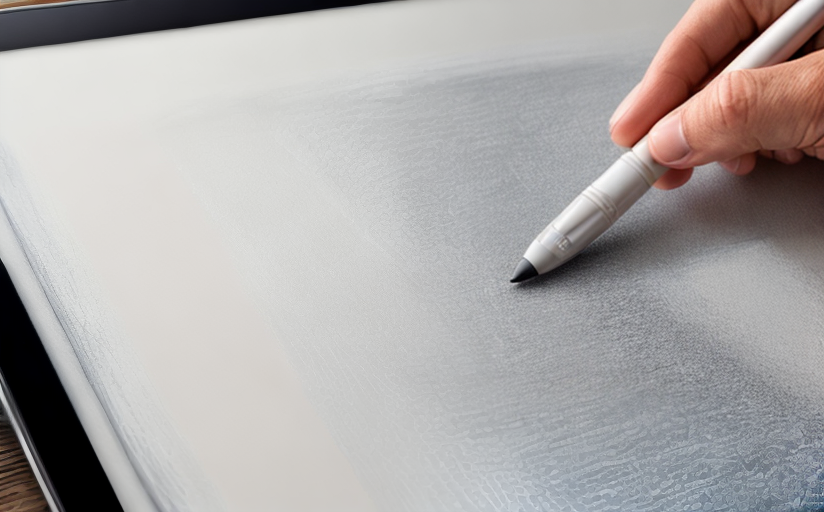
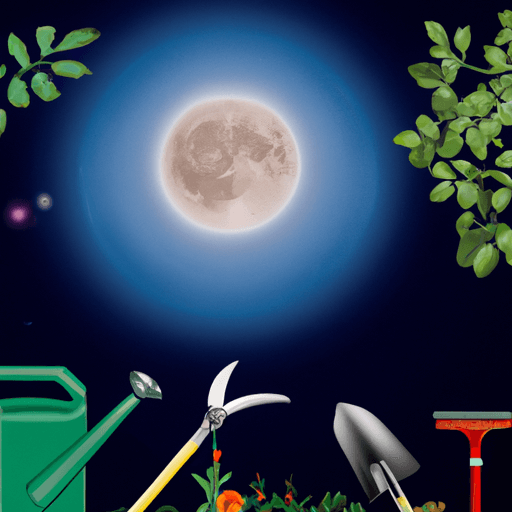


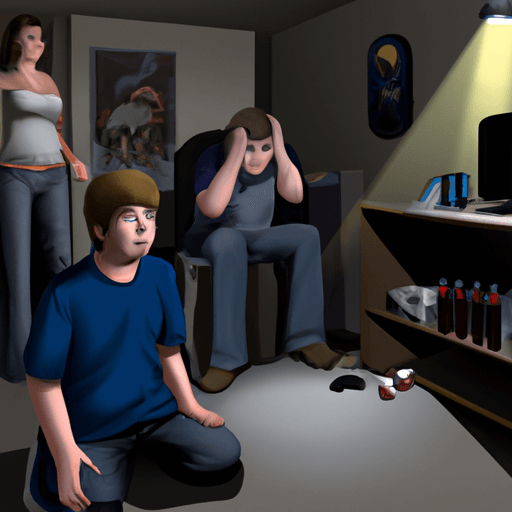
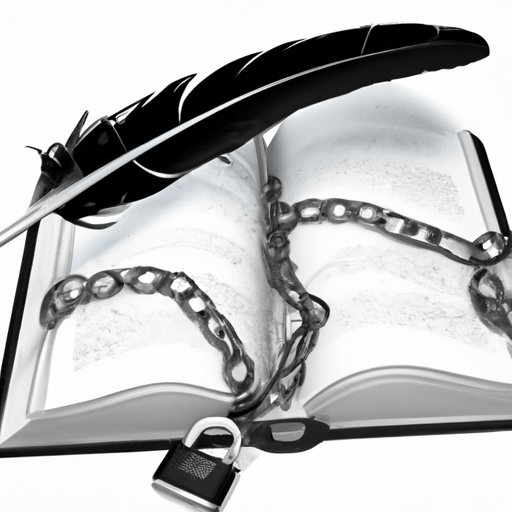
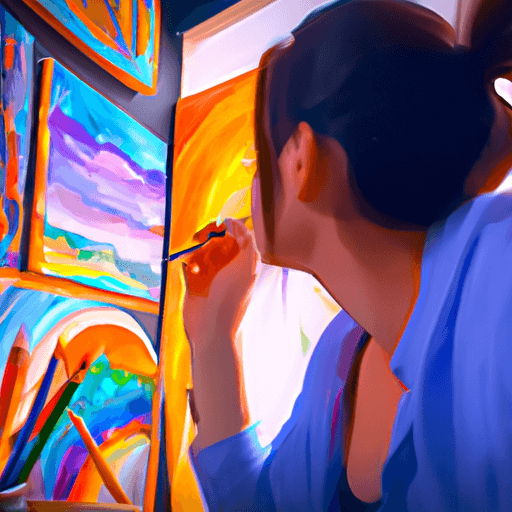
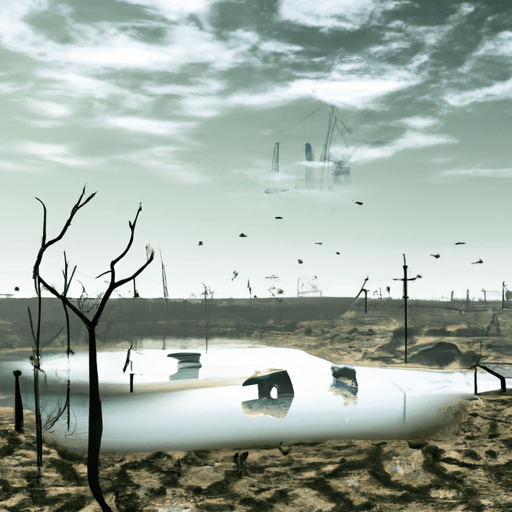
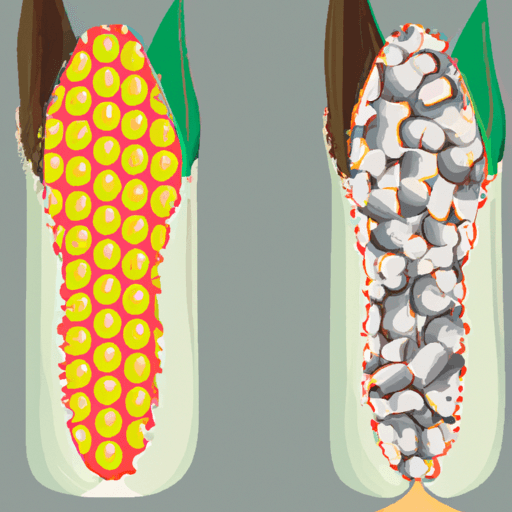
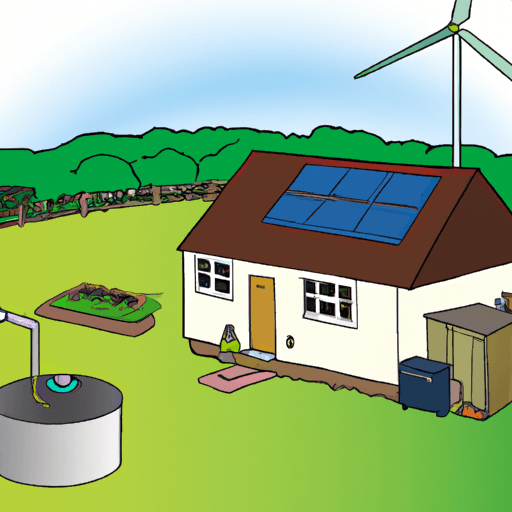
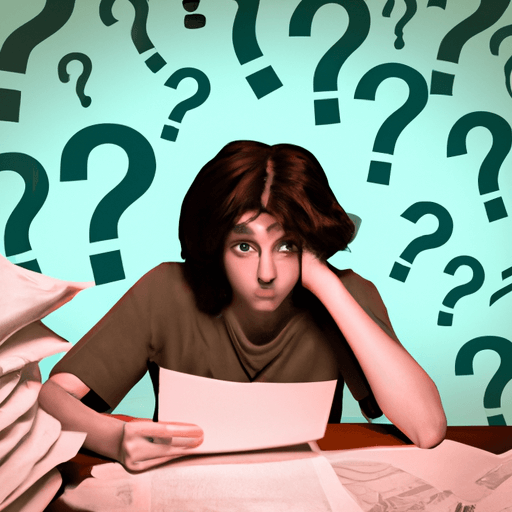
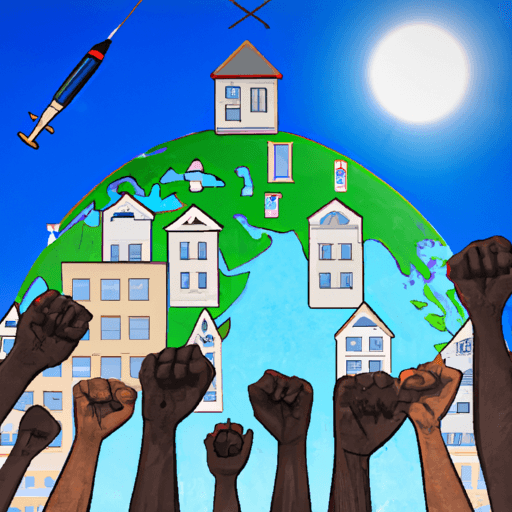
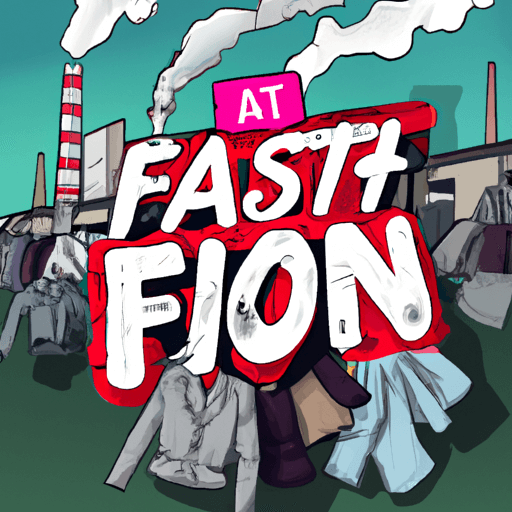
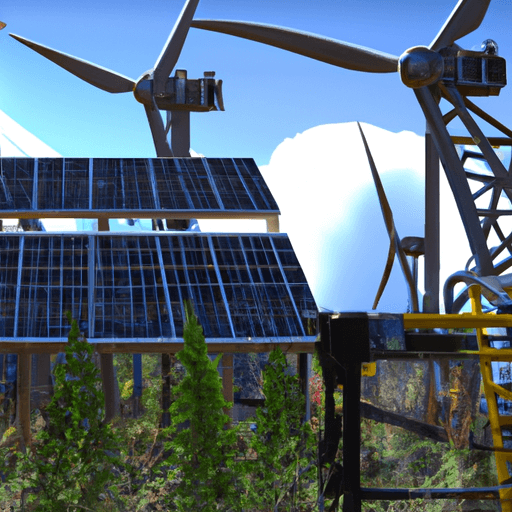
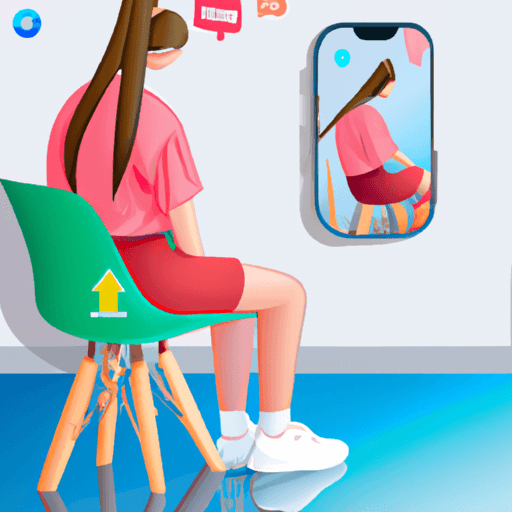

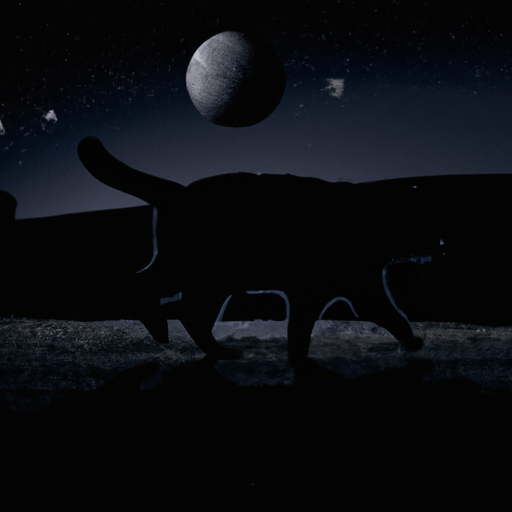
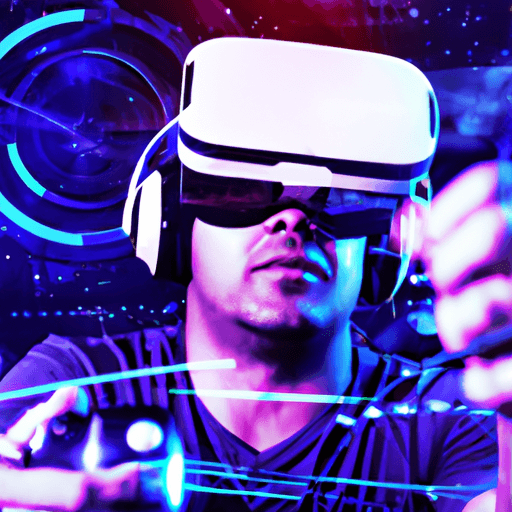
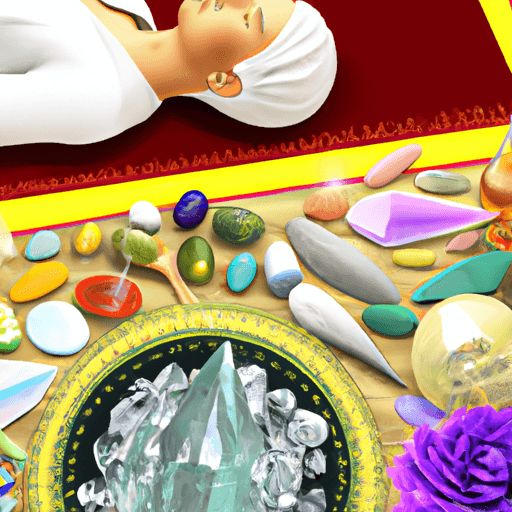

Comments
Leave a Comment